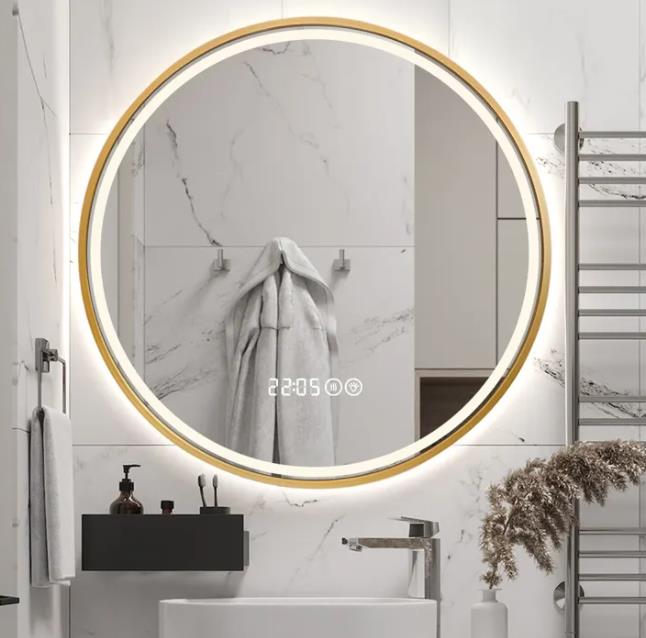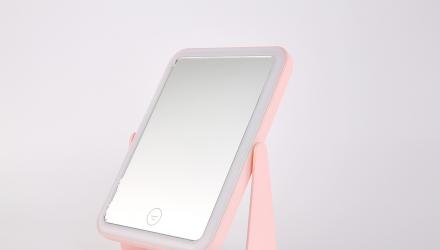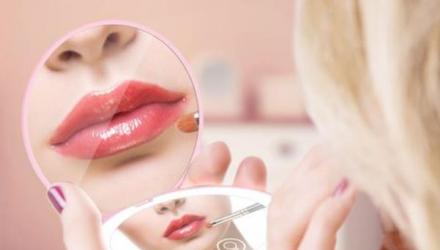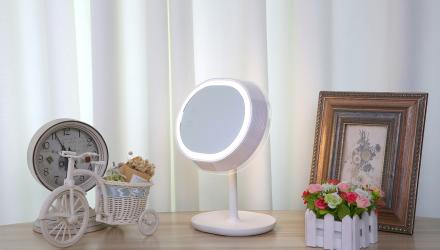The Evolution of Mirrors From Copper to Ordinary to LED Mirror
2023-07-04 Views:
Mirrors have played a significant role in human history, serving as essential tools for personal grooming and reflection. Over time, mirrors have evolved from the early days of copper mirrors to the more common glass mirrors we know today. However, the advent of LED technology has brought about a new era of mirrors that offer enhanced functionality and convenience. In this article, we will explore the fascinating evolution of mirrors and delve into the emergence of LED mirrors.
The Early Days: Copper Mirrors
In ancient times, mirrors were crafted from various materials, with copper being one of the earliest forms. Copper mirrors were made by polishing copper sheets until they achieved a reflective surface. Despite their simplicity, these mirrors provided a glimpse into one's appearance, albeit with limited clarity due to the inherent properties of copper.
The Introduction of Glass Mirrors
The invention of glass mirrors in the 16th century revolutionized mirror production. This breakthrough allowed for the creation of larger, clearer, and more accurate reflections. Glass mirrors were made by coating glass sheets with a thin layer of metallic silver or aluminum, creating a highly reflective surface. These mirrors quickly gained popularity, becoming commonplace in households and establishments worldwide.

The Emergence of LED Mirrors
In recent years, LED technology has made its mark on the mirror industry, giving rise to LED mirrors. These mirrors incorporate energy-efficient Light Emitting Diodes (LEDs) into their design, offering several advantages over traditional mirrors.
a) Enhanced Lighting: LED mirrors provide bright and natural lighting, simulating daylight conditions. This ensures that users have optimal visibility during grooming tasks, even in poorly lit areas.
b) Adjustable Lighting and Color Temperature: LED mirrors can be equipped with adjustable brightness levels and color temperature settings. This allows users to customize the lighting to their preference, catering to different makeup needs or ambient lighting conditions.
c) Energy Efficiency: LED mirrors consume significantly less energy compared to traditional mirrors with incandescent or fluorescent bulbs. This not only lowers electricity costs but also reduces their environmental impact.
d) Longevity and Durability: LEDs have an impressive lifespan, outlasting conventional light bulbs. LED mirrors are built to last, providing many years of reliable use.
e) Additional Features: LED mirrors often come with additional features such as built-in magnification, touch controls, anti-fog functionality, and even Bluetooth connectivity for music playback.
From humble beginnings with copper mirrors to the widespread use of glass mirrors, mirrors have evolved significantly throughout history. The introduction of LED mirrors has brought a new level of convenience and functionality to the realm of personal grooming. With their enhanced lighting, adjustable settings, energy efficiency, and additional features, LED mirrors have become a popular choice in modern households. As technology continues to advance, it will be fascinating to see how mirrors evolve further, offering even more innovative features and transforming our everyday grooming experiences.
Prev:Factors to Consider When Choosing a Bedroom LED Makeup Mirror
Next:Wall-mounted Bathroom Mirrors The Perfect Blend of Style and Practicality
-

Placement method of LED cosmetic mirror
Generally, LED cosmetic mirrors should be placed in the place with good light at home If you put it in a dark place, you can t clearly see your true self
-

LED cosmetic mirror manufacturers talk about whether the material behind is toxic
At present, many local households are equipped with led makeup mirrors, such as the wardrobe mirror in the room, the washroom mirror in the bathhouse
-

Methods to prevent fogging of vanity mirrors
The led vanity mirror is a necessary item in the bathhouse, but when the weather gets colder, it is more winter When you take a bath, you will find that the led vanity mirror is covered with water mist



